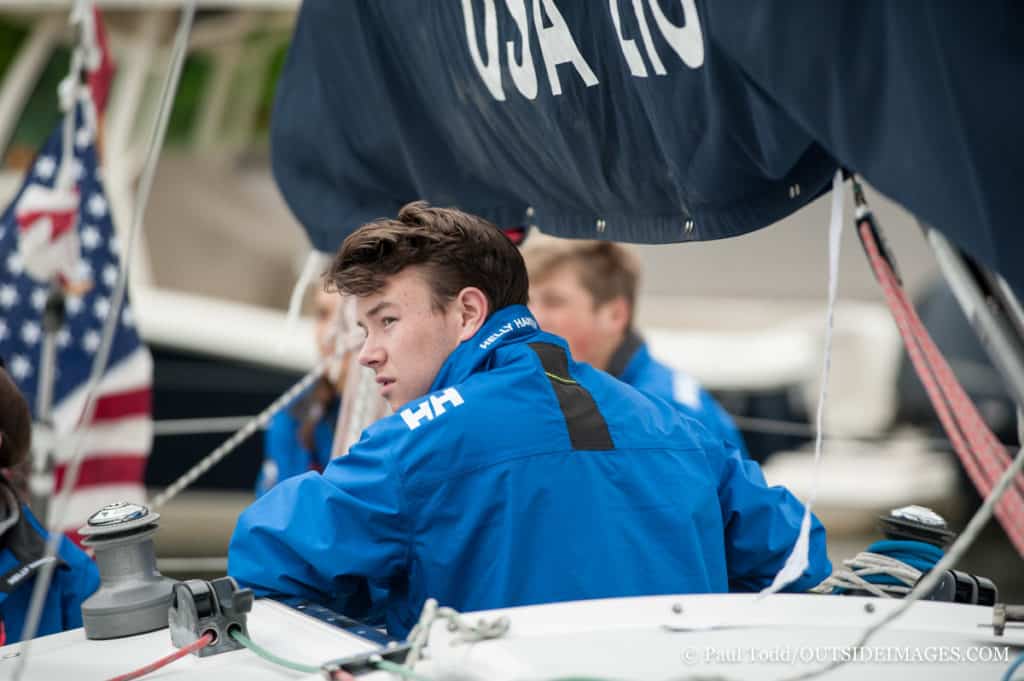
Let’s put it all together now. We did the prep, took a dry run, then put it to the test on the water. It’s time to review what we learned and see what takeaways can be found after the first day of racing.
Step 4: Post-race assessment
When he got into the Snipe class, Ed Adams was not bashful about pestering the class hotshots with questions. After one race, Ed approached Jeff Lenhart, a perennial Snipe ace known for his economy of words. But before Ed could get his first question out, Lenhart rolled his eyes and said, “Ten questions.” “What?” was Ed’s response. “Now you have nine,” was Jeff’s answer. Ed made the remaining questions count, and within a year, became a Snipe hotshot himself. The moral is, if you don’t understand something, don’t be afraid to ask.
Remember the importance of attitude; the desire to win must take a back seat to the desire to learn. When your eyes and ears are open, you see and hear a lot more. Copy the fast sailors, then quiz them on it later.
There should never be a shortage of questions, especially if you involve your crew. Start with the start. What’s the best technique to get off the line? How much time does it take to accelerate? Does the boat slide sideways when you trim in? Be sure you understand how to “change gears” upwind, not just with sail trim, but also with steering, hiking position, etc. Learn each step the top crews go through when rounding a mark. Find out the best way to catch a wave or get the boat up on a plane.
The questions can be endless, so you must prioritize. Sit down with your crew on the way in from the race and mentally run around the course together, figuring where you lost the most ground to the leaders. Then you can focus your questions on those parts of the race.
I vividly remember my first heavy air downwind leg in an MC. I learned all too quickly that these long, flat boats have a tendency to bury their bows when it’s lumpy and breezy. I panicked the first time the front half of the boat stuck itself under water and stayed there. Just ahead of me looking back, as my crew and I scrambled to the transom, was the eventual regatta winner.
That evening I tracked him down and asked how he kept his boat from doing the Titanic imitation. “I figured you’d come looking for me,” he said, then went on to explain that the boat had to be quickly heeled either to windward or to leeward so the bow could pop free from the water.
— — —
Greg Fisher has won championships in the Lightning, Flying Scot, Highlander and Thistle. However, he is best known for his dedication to helping others learn to sail their boats faster.









